Bath Abbey
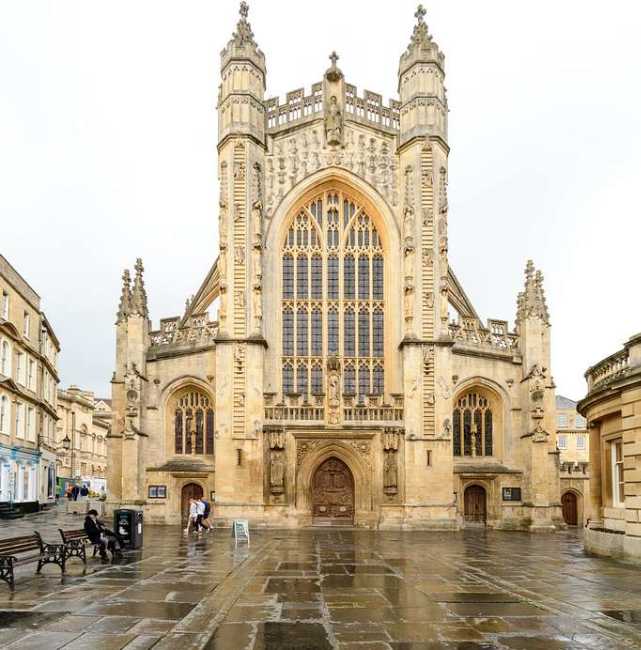
Bath Abbey is a masterpiece of Perpendicular Gothic architecture and one of Bath’s most iconic landmarks. Founded in the 7th century as a Saxon monastery, it has undergone multiple transformations, including a grand Norman cathedral and the current church, begun in 1499 under Bishop Oliver King. The west front features angels ascending Jacob’s Ladder, inspired by the bishop’s dream. Though ruined during the Dissolution of the Monasteries in 1539, the Abbey was restored under Elizabeth I and later by Sir George Gilbert Scott in the 19th century, who added the stunning fan-vaulted ceiling. Today, Bath Abbey is a vibrant place of worship and heritage, known for its 52 stained-glass windows, historic monuments, and the innovative Footprint Project, which uses thermal energy from the Roman Baths to heat the building. It remains a spiritual and architectural beacon in the heart of the city.
Bath United KingdomBath Abbey stands at the centre of Bath on Abbey Churchyard, BA1 1LT, a striking example of Perpendicular Gothic architecture and a living parish church with over 1,200 years of history. Known for its magnificent stained-glass windows, honey-gold stone columns, and world-renowned fan vaulting, the Abbey is a focal point for worship, music, and community events. Inside, visitors can explore the Discovery Museum, which delves into the Abbey’s rich past and the stories of those commemorated within its walls. The Abbey’s west front is famous for its unique ladders of angels, inspired by Bishop Oliver King’s vision. Surrounded by Bath’s most celebrated attractions, Bath Abbey is just steps from the Roman Baths, Pump Room, Guildhall Market, Parade Gardens, Victoria Art Gallery, and the Beaux Arts Gallery. The area is filled with cafés, shops, and historic sites, making Bath Abbey an essential part of any visit to the city. The Abbey is fully accessible, with step-free access to the main areas and facilities for families and visitors with additional needs.
 The Roman Baths
Bath
The Roman Baths
Bath
 Fashion Museum Bath
Bath
Fashion Museum Bath
Bath
 Herschel Museum of Astronomy
Bath
Herschel Museum of Astronomy
Bath
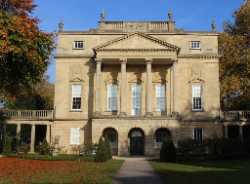 Holburne Museum
Bath
Holburne Museum
Bath
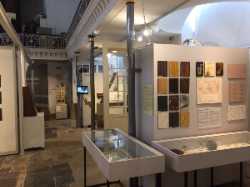 Museum of Bath Architecture
Bath
Museum of Bath Architecture
Bath
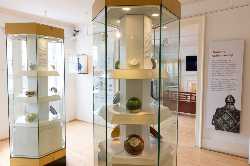 Museum of East Asian Art
Bath
Museum of East Asian Art
Bath
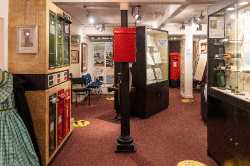 Bath Postal Museum
Bath
Bath Postal Museum
Bath
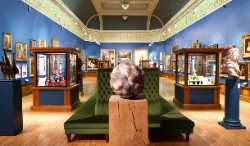 Victoria Art Gallery
Bath
Victoria Art Gallery
Bath
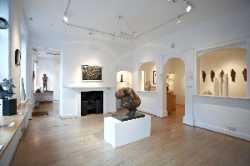 Beaux Arts Bath
Bath
Beaux Arts Bath
Bath
 David Simon Contemporary
Bath
David Simon Contemporary
Bath
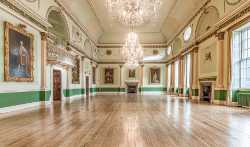 Guildhall
Bath
Guildhall
Bath
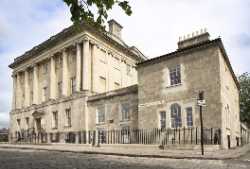 No. 1 Royal Crescent
Bath
No. 1 Royal Crescent
Bath
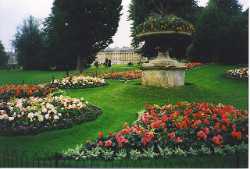 Royal Victoria Park
Bath
Royal Victoria Park
Bath
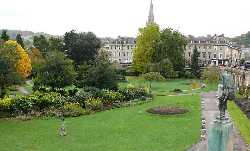 Parade Gardens
Bath
Parade Gardens
Bath
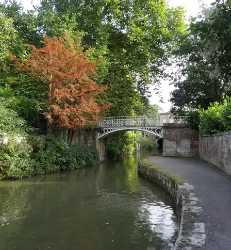 Sydney Gardens
Bath
Sydney Gardens
Bath
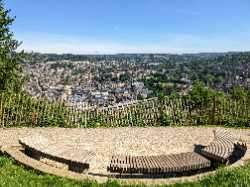 Alexandra Park
Bath
Alexandra Park
Bath
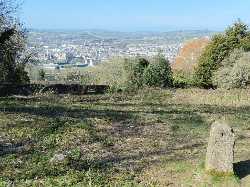 Bath Skyline Walk
Bath
Bath Skyline Walk
Bath
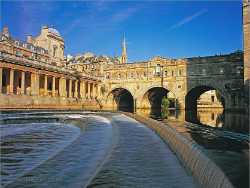 Pulteney Bridge
Bath
Pulteney Bridge
Bath
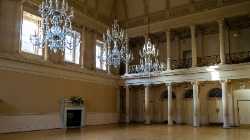 The Assembly Rooms
Bath
The Assembly Rooms
Bath
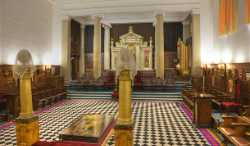 The Old Theatre Royal
Bath
The Old Theatre Royal
Bath
 Guildhall Market
Bath
Guildhall Market
Bath
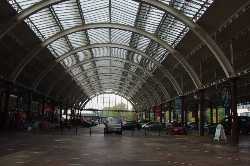 Bath Farmers’ Market
Bath
Bath Farmers’ Market
Bath
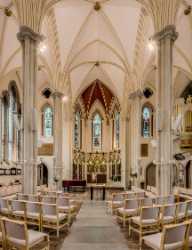 St Michael’s Church
Bath
St Michael’s Church
Bath
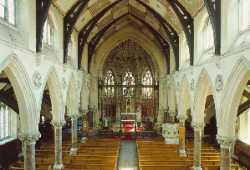 St John the Evangelist Catholic Church
Bath
St John the Evangelist Catholic Church
Bath
 Thermae Bath Spa
Bath
Thermae Bath Spa
Bath
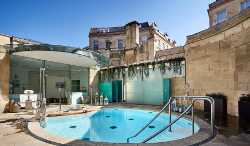 Cross Bath
Bath
Cross Bath
Bath
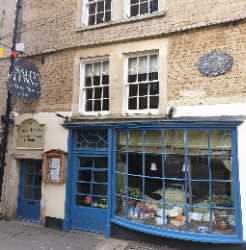 Sally Lunn’s Historic Eating House
Bath
Sally Lunn’s Historic Eating House
Bath
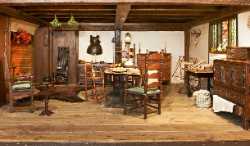 American Museum & Gardens
Bath
American Museum & Gardens
Bath
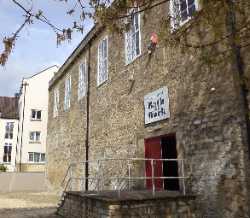 Museum of Bath at Work
Bath
Museum of Bath at Work
Bath
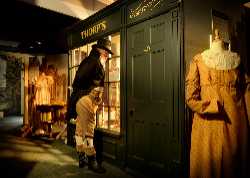 Jane Austen Centre
Bath
Jane Austen Centre
Bath
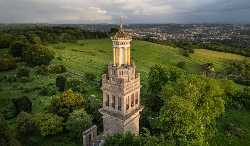 Beckford’s Tower and Museum
Bath
Beckford’s Tower and Museum
Bath
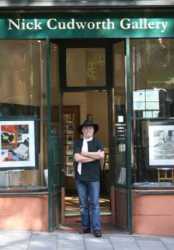 Nick Cudworth
Bath
Nick Cudworth
Bath
 Mary Shaw
Bath
Mary Shaw
Bath
 44AD Artspace
Bath
44AD Artspace
Bath
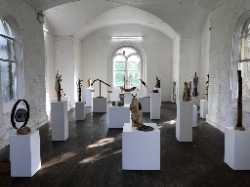 Walcot Chapel Arts Space
Bath
Walcot Chapel Arts Space
Bath
 Clarendon Fine Art Bath
Bath
Clarendon Fine Art Bath
Bath
 Francis Gallery
Bath
Francis Gallery
Bath
 Red Rag Gallery
Bath
Red Rag Gallery
Bath
 Castle Fine Art
Bath
Castle Fine Art
Bath
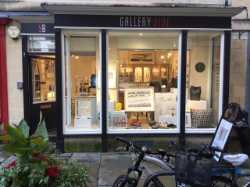 Gallery Nine
Bath
Gallery Nine
Bath
 Pencil Tree Gallery
Bath
Pencil Tree Gallery
Bath
 Adam Gallery
Bath
Adam Gallery
Bath
 Jenny Cowderoy Fine Art
Bath
Jenny Cowderoy Fine Art
Bath